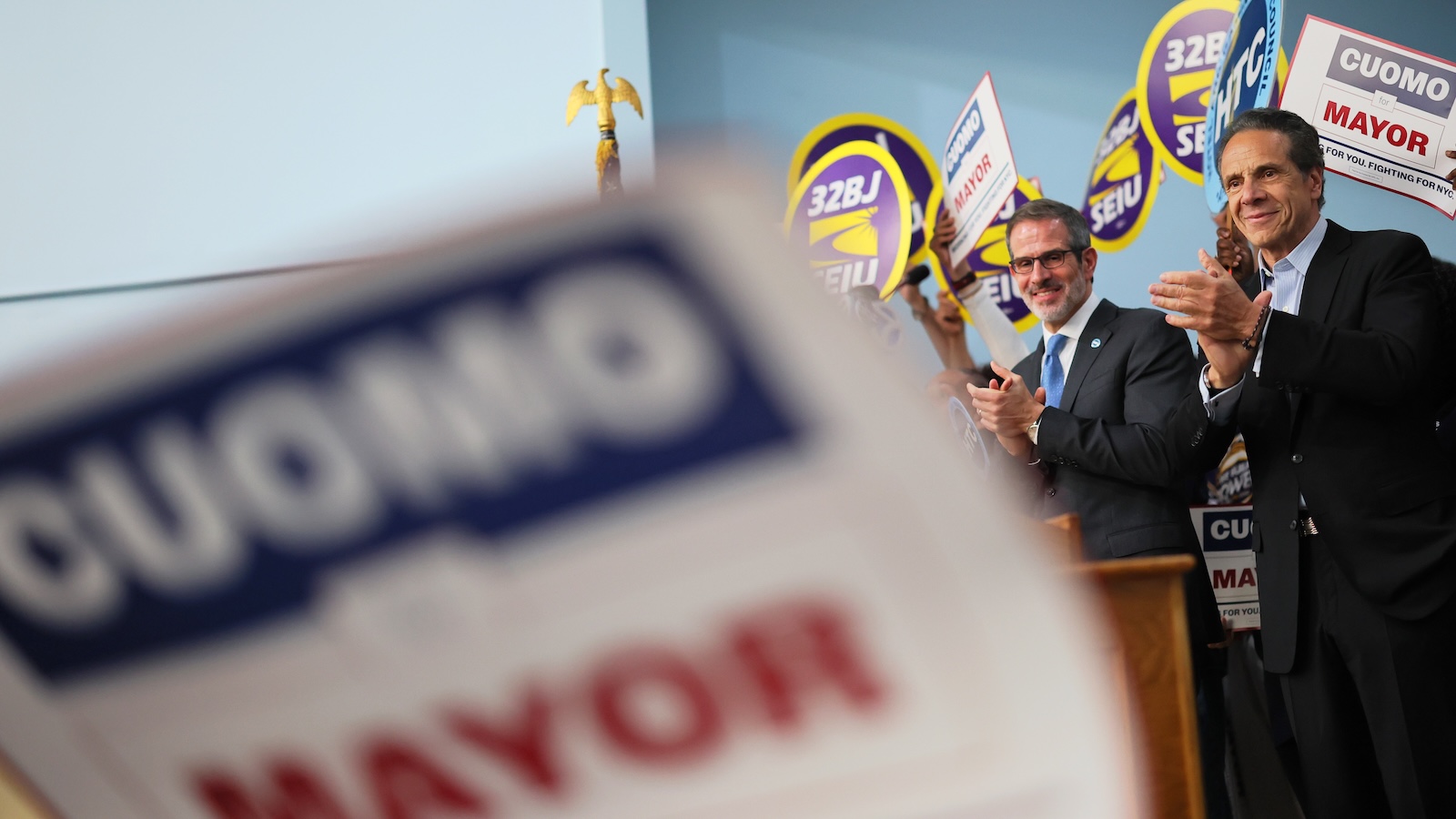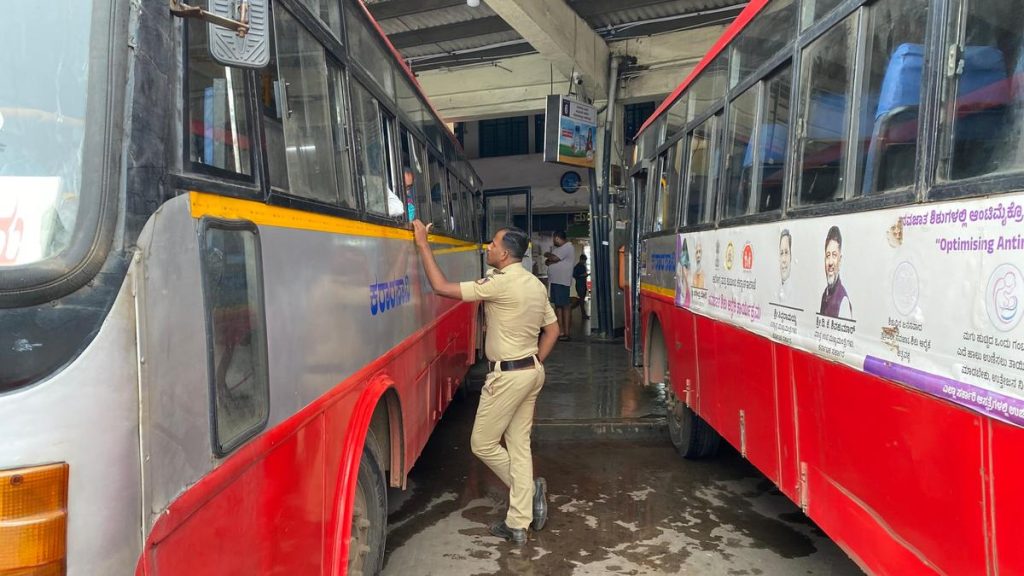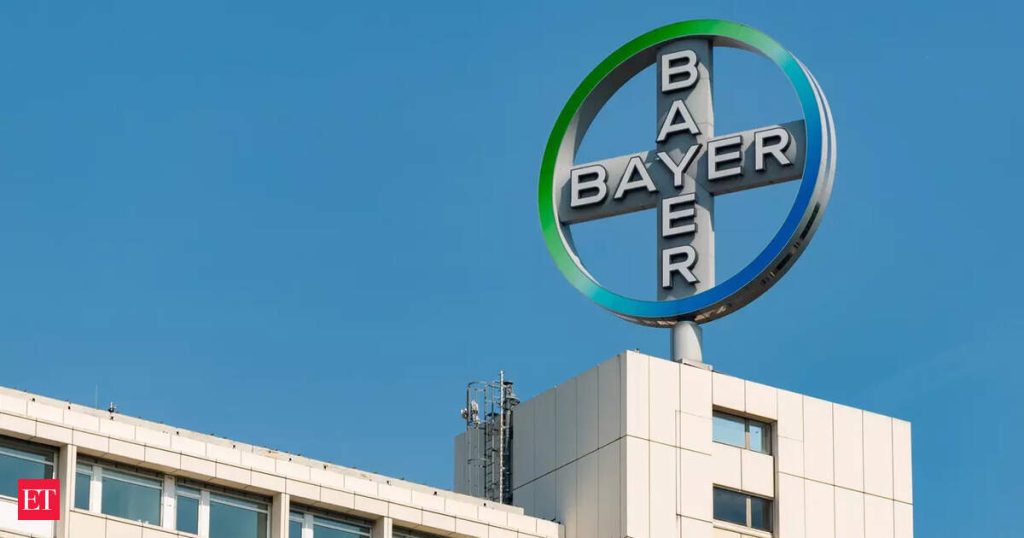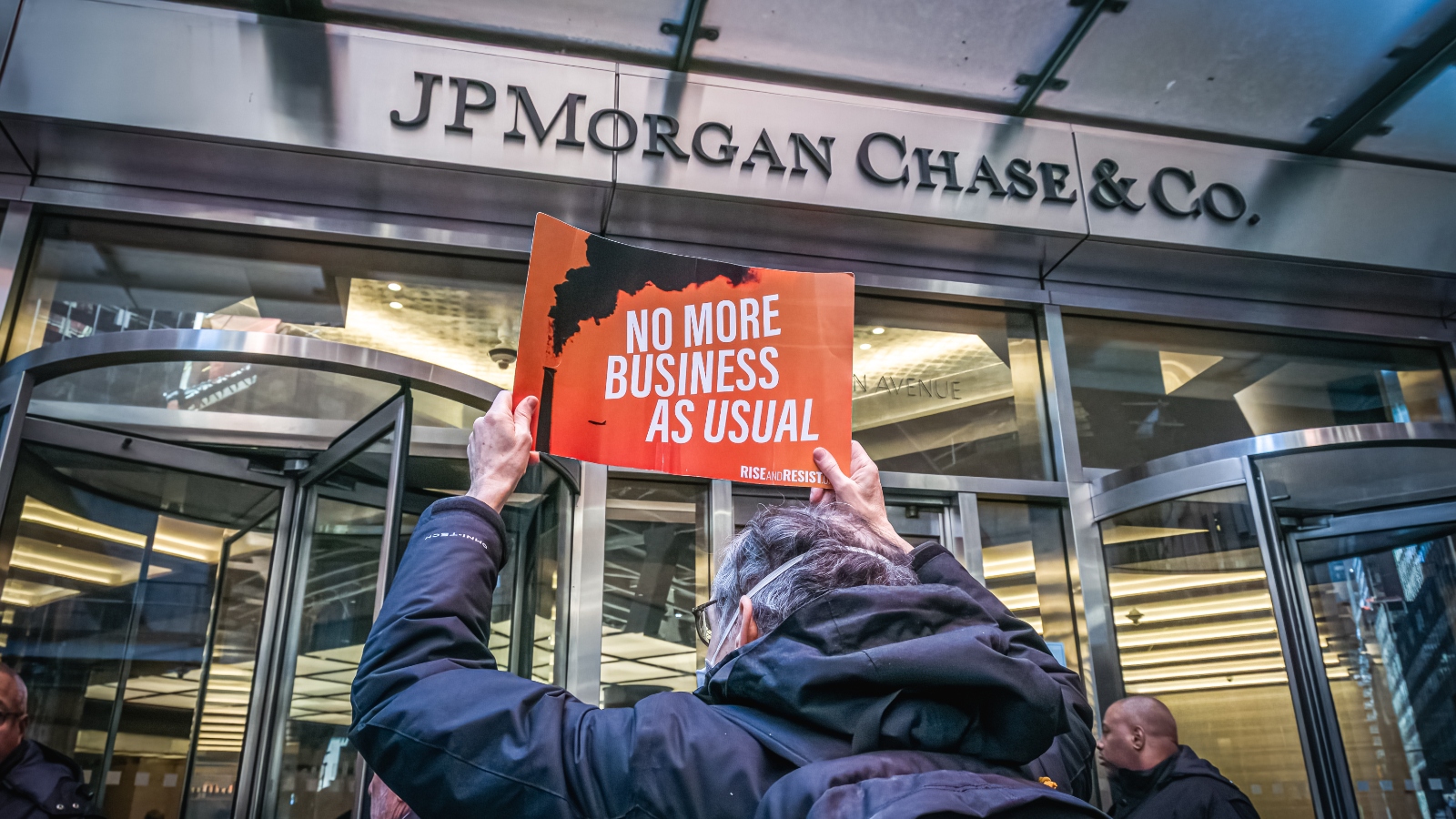Now Reading: New York Mayoral Race to Shape City’s Climate Agenda
-
01
New York Mayoral Race to Shape City’s Climate Agenda
New York Mayoral Race to Shape City’s Climate Agenda

Rapid Summary
- New York City’s Climate Mobilization Act aims to reduce municipal emissions by 85% by 2050. Building emissions, however, have only decreased by 2%. Transportation emissions have dropped by about 10%.
- Local Law 97 enforces building decarbonization but faces opposition from some landlords and lobbyists. Fines for non-compliance begin August this year.
- the upcoming mayoral race between andrew Cuomo, former governor of New York, and Zohran Mamdani, state legislator from the Democratic Socialists of America, could influence climate policy outcomes in NYC.
- Cuomo’s record has drawn criticism for actions like supporting gas pipelines and defunding public transit but includes achievements like banning fracking in new York State and pushing offshore wind energy initiatives. Activists worry his links with landlords might weaken Local Law 97 if elected mayor.
- Mamdani proposes ambitious goals such as resilience hubs (renovated schools functioning as evacuation/cooling centers), renewable energy expansion on municipal land, free bus rides to encourage public transit use, waterfront infrastructure improvements against flooding risk, and stronger support for existing climate laws including Local Law 97.
- Flash flooding remains one of NYC’s most urgent environmental threats; small-scale homeowner assistance could make meaningful impacts on adaptation efforts.
Indian Opinion Analysis
The unfolding political situation in New York city exhibits broader challenges that many urbanized regions worldwide are grappling with amid worsening climate change impacts-balancing immediate concerns like affordability alongside long-term sustainability measures. NYC’s struggles underscore the complexity of managing proactive environmental policies amidst conflicting stakeholder interests such as regulatory bodies versus private industries (e.g., landlords resisting emission directives through lobbying).
For India-a nation facing its own rapidly urbanizing cities-the implications are multilayered: prioritizing strict enforcement mechanisms akin to Local Law 97 while addressing public infrastructure needs becomes vital when tackling housing resilience adaptations especially across coastal or flood-prone zones mirroring contexts mentioned around Jamaica Bay challenges shared similarly via post-disaster examples cited earlier post-Hurricane-level events scenarios.
Likewise decisive electoral deliberations shaping governance frameworks emphasizing progressive-built greener-solution-thinking capture fundamentals likely relevant applicable scrutiny future-planning cases domestically too bonds stakeholders onto matrix Urban-densification accompanying efficiency ends altogether consistently aligning ecosystem safe-equity-taxing resources maneuvers leveling similar global long-run shifts pivot upfront regional-focused promising visionary partnerships equally transpire collaborations certainty-process revolutions shines definitive dynamic-finally forwarding adaptive-convenient-engineered community-driven triumphant procedural constructive-likelihood projections ahead neatly interdependent balanced clarity methods foreactive imposing!



























